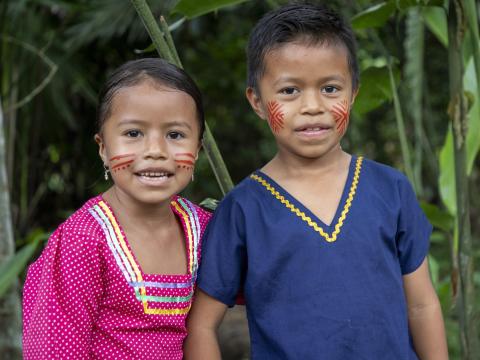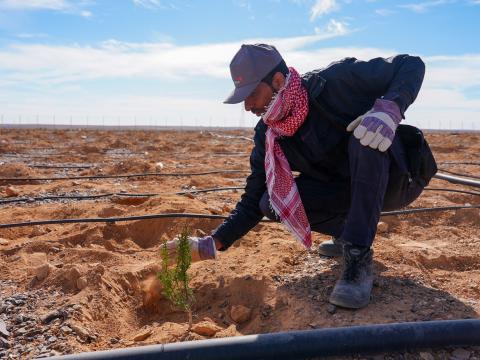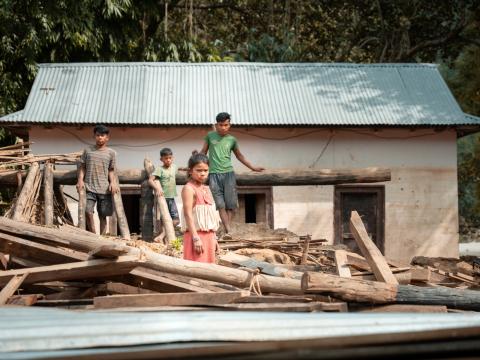
Can COP30 Deliver a Climate Deal that Protects Children?
Mclarence Mandaza reflects on the urgent question: As the climate clock ticks louder, will leaders in Belém rise to the challenge of safeguarding children’s futures?
30 September 2025.
Children in the global South are not waiting for UN negotiators to agree on commas and clauses. They are living the climate crisis now. For a child in Malawi, drought means missing school to fetch water. For a teenager in Mozambique, flooding means losing her home and any sense of safety. For millions, it means hunger, disease, and futures cut short before they even begin. COP30 in Belém, Brazil, cannot be another parade of speeches and photo opportunities; it must be the turning point where leaders put children’s survival, dignity, and hope first.
This November, nearly 100,000 participants will descend on the Amazon for the world’s most important climate summit. The symbolism is powerful: the lungs of the Earth hosting the future of the Earth. But symbolism will not feed hungry children or shield families from deadly heatwaves. What matters is whether governments act and act fast.
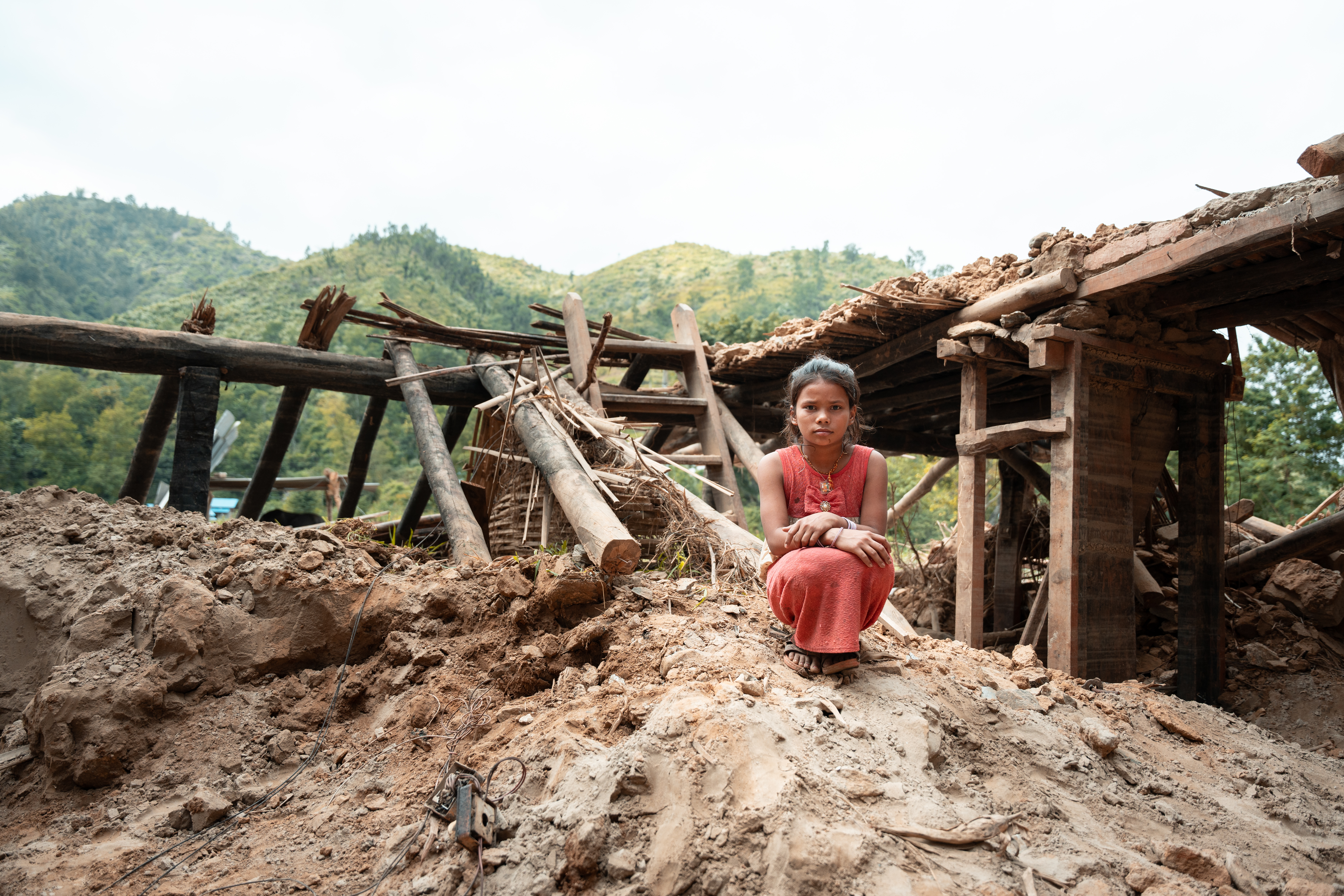
The Stakes Could Not Be Higher
Global temperatures exceeded 1.5°C for the first time in 2024. That abstract milestone means something painfully concrete: more failed harvests, more children pushed into labour to support families, more disease outbreaks when floods contaminate fragile water systems. For the young, climate change is not a “threat multiplier” or “development challenge”, it is the thief of their tomorrow.
World Vision has witnessed these realities first-hand. From teaching climate-smart farming to supporting school feeding programmes, to championing low-cost, transformative solutions like Farmer Managed Natural Regeneration (FMNR), we know what works. But the scale of need dwarfs the pace of change. Families adapt heroically; governments negotiate painfully. And all the while, children pay the price of delay.
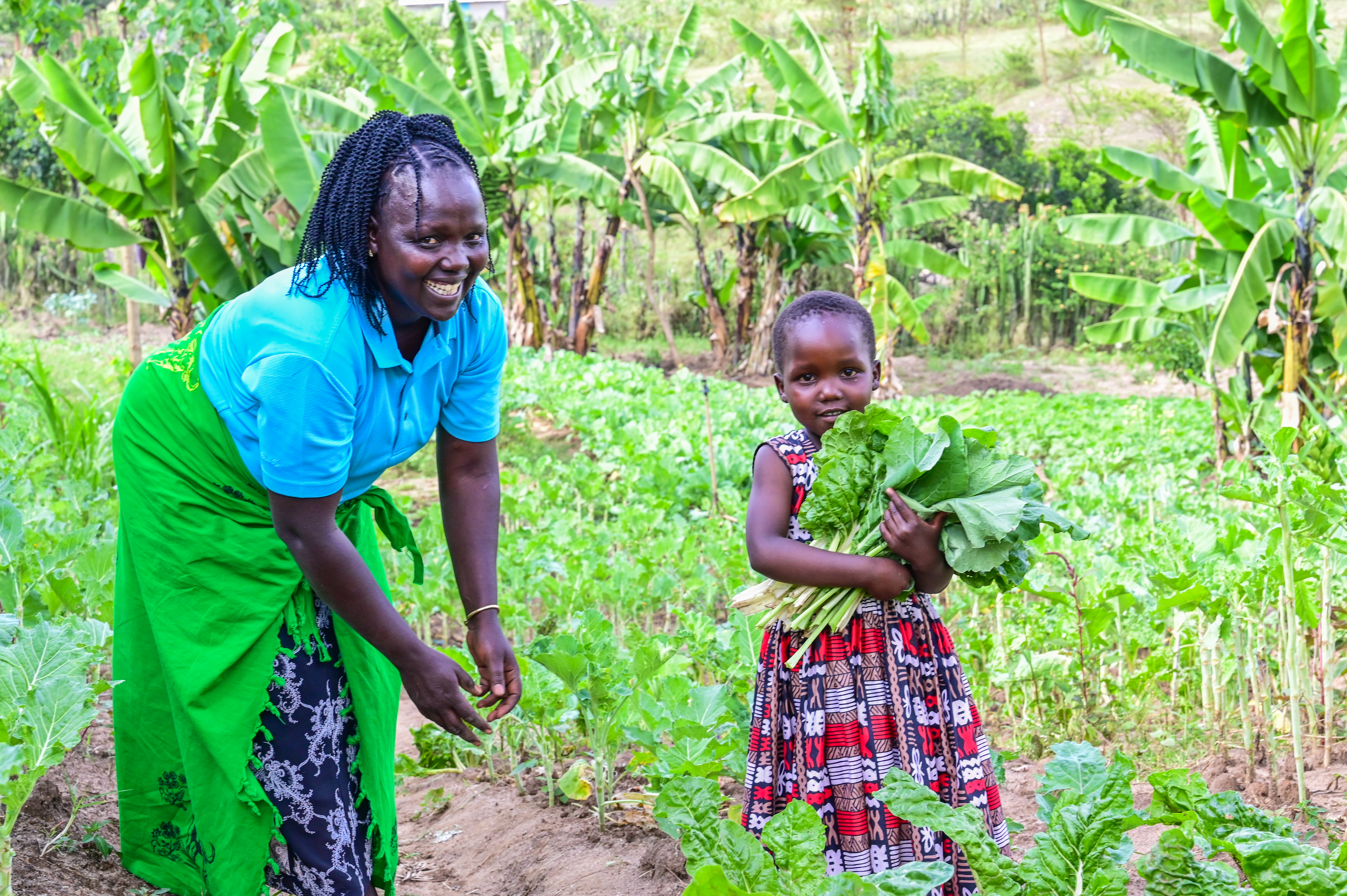
WV5198695/ Hellen Owuor/2024.
Why COP30 Must Be Different
Let us be frank: Promises made in Paris, Glasgow, and Dubai have too often melted away in bureaucratic heat. This time, in Belém, leaders must deliver. The priorities are clear, and they are non-negotiable if we are serious about safeguarding the next generation:
- Ambitious Nationally Determined Contributions (NDCs) that hold warming well below 1.5°C.
- Children’s meaningful participation in shaping climate policies. They are not future leaders; they are leaders now.
- Nature-based solutions like FMNR that restore ecosystems while ending child hunger, aligned with the #ENOUGH campaign.
- Scaled-up climate finance, especially for adaptation, where the poorest are most exposed.
- Access to loss and damage mechanisms that prioritise the most vulnerable children.
Anything less would be a grave missed opportunity dressed up as diplomacy.
The Finance Test: Who Will Step Up?
Governments must honour the $USD 300 billion pledge from Azerbaijan and close the $USD 1.3 trillion per year financing gap identified in the country’s Nationally Determined Contributions (NDCs). Without money, commitments remain empty words. Climate finance cannot trickle down in token gestures; it must flood into frontline communities, where every dollar can mean the difference between a child eating or starving, learning or dropping out, living or dying.
And here, let us be bold: finance must not only flow to ministries and multilateral banks. Youth-led, community-driven, and child-sensitive initiatives deserve direct investment. Children must not be passive recipients but active shapers of a climate-resilient future.
A Human Call, Not Just a Technical One
Behind every policy paper and press release lies a child with a story. A boy in Zambia who told me he no longer dreams of being a doctor because his family’s crops fail every year. A girl in Zimbabwe who walks past dead livestock on her way to school. These are not isolated anecdotes; they are the lived reality of millions.
And yet, when given tools, knowledge, and a voice, these same children are among the most creative problem-solvers I have seen. Their resilience is humbling but it should not be romanticised. No child should have to be resilient just to survive.
What should be next?
COP30 is not just another summit. It is a moral crossroads. Will governments in Belém choose ambition over hesitation? Will donors, businesses, and policymakers rise to the occasion, or will they allow another generation’s hope to be negotiated away?
So here is the challenge: If you are a government, fund climate adaptation at scale. If you are a negotiator, put children’s participation into the core of agreements. If you are a partner, invest in nature-based, child-centred solutions.
The future of millions of children is on the line in Belém. The world has no excuse left.
Mclarence Mandaza is World Vision’s Technical Lead for Environment Sustainability and Climate Action. With a strong background in rural development, food security, and climate adaptation, he brings deep expertise in agriculture extension and livelihoods. He holds a PhD in Governance and Regional Integration, focused on climate change adaptation, from the Pan African University Institute for Governance, Humanities and Social Sciences (PAUGHSS).
